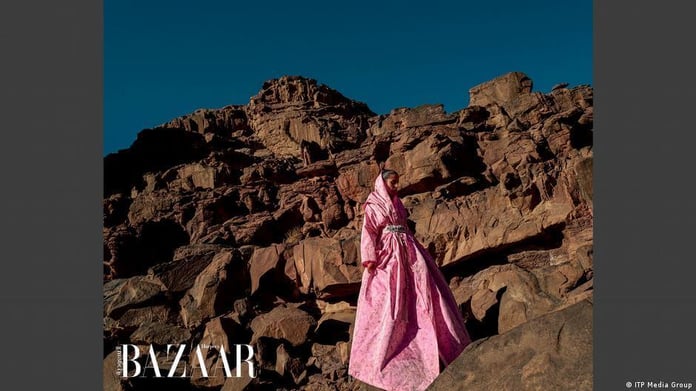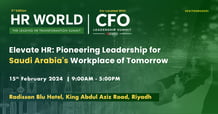
New headlines appeared in the Saudi print media, including a local branch of the international fashion magazine Harper’s Bazaar, and a branch of Esquire magazine. The emergence of similar entertainment magazines is a feature of Prince Mohammed bin Salman’s era, specifically since he announced Vision 2030, which pledged to change the conservative character in the country.
“Publishing in the field of fashion has great qualifications to attract the public, especially with publishing stories of talents that innovate in this field, as well as to encourage cultural exchange,” Princess Noura, the daughter of Faisal Al Saud, a high-ranking official in the Ministry of Culture for fashion, said in a statement the day after the announcement of the emergence New magazines.
This committee is one of 11 bodies managing the topic of developing the cultural field in Saudi Arabia. At the head of the committee is Burak Chakmak, a well-known American designer, appointed to develop and promote what Saudi Arabia will produce in this industry under the name “Made in Saudi Arabia”.
The Saudis want to see Saudi talent
Before March 2021, the Saudi market was satisfied with the Arab production of international fashion magazines, but a new policy began with Saudi versions of these magazines and Saudi writers. To this end, the Dubai-based media group / ITP that publishes several magazines has opened offices in Riyadh and has employed Saudi female writers and local contributors.
تعلن مجموعة أي تي بي ميديا عن إطلاق مجلتي هاربرز بازار وإسكواير في المملكة العربية السعودية اعتباراً من شهر مارس 2021.https://t.co/F01Z5V7Fmq
— هاربرز بازار العربية (@BazaarAlArabiya) February 21, 2021
Olivia Phillips, editor-in-chief of Harper’s Bazaar, says the Arabic version of DW Arabia: “The Saudi version is specifically aimed at the Saudi market and is being distributed there in printed form. The copy is specifically targeted in a manner that takes into account consumers’ tastes, and also displays the upcoming Saudi talents that are among them that have not been seen before that.” .
Such magazines, which are published in English and Arabic, will be published twice, as is the case with Saudi Esquire, and four times a year, as is the case with Saudi Harper’s Bazaar, with copies of 100,000 copies in 2021. The first copies will focus on the NEOM project.
A country developing socially
Maryam Musli, one of the faces of fashion in Saudi Arabia and a contributor to the Saudi Harper’s Bazaar magazine, has been known for confronting stereotypical ideas about Saudi women through her Instagram account and digital blog, as well as in her work as the head of a modern lifestyle consultancy, and Michelle Obama had previously invited her to the White House.
Fashion with a Saudi touch in Harper’s Bazaar magazine“I founded my company 10 years ago, and I watched how the country was developing,” Musali told DW, following up: “We used to rely on fashion from abroad, but today we started our trend wave here.” For worshipers of this development, this development means more freedom to harness it in shedding light on the local fashion market and encouraging women to work in the field and export Saudi products and culture, and for her, fashion plays a role in the development of Saudi industry.
Does fashion reflect the reality of the situation?
There is a question about whether these magazines will deal with sensitive topics, but in general, it appears that magazines of this type have an ambitious and large market, as the country has a young population that constitutes about two-thirds of the population with the age of less than 35 years.
However, at a time when the Saudi fashion business began to develop, activists like Loujain Al-Hathloul were in prison, who was recently released after three years in prison. Al-Hathloul was among the activists who fought to stop the ban on women driving, and despite the lifting of the ban, Al-Hathloul remained in prison at the time.
The reality of human rights in Saudi Arabia has made organizations such as Human Rights Watch not see that the development of fashion media in the country deserves all this praise: “Fashion weeks and the encouragement of luxury industry events are good things that the Saudi public can enjoy, but the residents should also enjoy their rights,” Ahmed Benchemsi says. Advocacy director in the organization’s branch in the Middle East and North Africa.
Benchemsi criticizes the spending of billions of dollars on public relations efforts to polish the image of Saudi Arabia around the world: “These efforts mean diverting global attention from Riyadh’s heinous record on human rights, including the killing and dismemberment of the journalist Khashoggi, torture, enforced disappearance and so on. Fashion will bleach these violations, “he tells DW.













